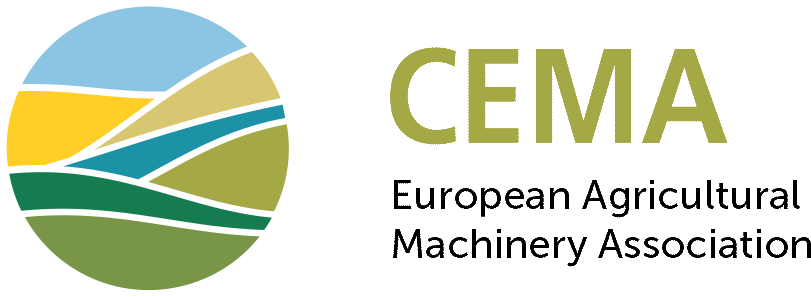Research: Barcelona kick off for EU project INNOSETA, dedicated to spraying practice
The consortium of INNOSETA met for the first time in Barcelona on May 16th and 17th
The EU H2020 project INNOSETA officially started its activities with the kick-off meeting held in Barcelona on 16th and 17th May. INNOSETA involves an international and representative consortium of 15 partners, coming from 8 EU countries, including the European Crop Protection Association (ECPA), the European farmer and cooperatives association (COPA-COGECA) and CEMA.
INNOSETA – Innovative practices for Spraying Equipment, Training and Advising in European agriculture through the mobilization of Agricultural Knowledge and Innovation Systems – has as main objective the establishment of a self-sustaining and innovative thematic network on crop protection and the sustainable use of plant protection products. This entails innovative enabling technologies of spraying equipment, as well as training and advice for sustainable practices including both the use of the correct equipment and the correct use of the equipment.
The project aims at bringing together knowledge and good practices from all relevant stakeholders. At the heart of it there is Spraying Equipment, Technologies and Applications (SETA), but it includes also the spraying application techniques and the Best Management Practices. Through workshops in regional hubs, needs and ideas will be gathered, spread and exchanged through cross-border collaboration.
CEMA’s involvement will be mainly focused on making the link with the spraying equipment industry and on rolling out the project recommendations to policy makers.
CEMA and ECPA already collaborate on the sustainable use of pesticides and in particular the reduction of water pollution by pesticides, with STEP-Water (Sustainable TEchnologies for the Protection of Water). This webtool, to be launched in autumn 2018, will help farmers and contractors make a well thought-through decision for the purchase for a new sprayer, or the retrofit of old sprayers in terms of compliance and the use of additional features that can significantly contribute to the protection of water.







